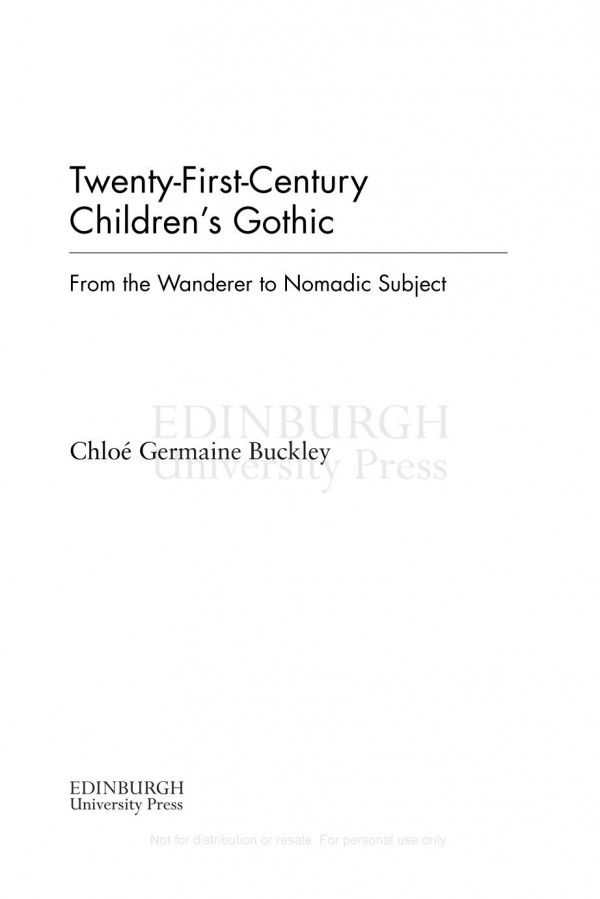

Most ebook files are in PDF format, so you can easily read them using various software such as Foxit Reader or directly on the Google Chrome browser.
Some ebook files are released by publishers in other formats such as .awz, .mobi, .epub, .fb2, etc. You may need to install specific software to read these formats on mobile/PC, such as Calibre.
Please read the tutorial at this link: https://ebookbell.com/faq
We offer FREE conversion to the popular formats you request; however, this may take some time. Therefore, right after payment, please email us, and we will try to provide the service as quickly as possible.
For some exceptional file formats or broken links (if any), please refrain from opening any disputes. Instead, email us first, and we will try to assist within a maximum of 6 hours.
EbookBell Team

4.4
42 reviewsThis is the first monograph that brings together the fields of Gothic Studies and children’s fiction to analyse a range of popular and literary works for children published since 2000. It offers a completely new way of reading children’s Gothic that counters the dominant critical positions in both Gothic Studies and children’s literature criticism. This book contends that the Gothic, as it is repurposed in children’s fiction, is a creative force through which to imagine positive self-transformation. It rejects the pedagogical model of children’s literature criticism, which analyses and assess works based on what or how they teach the child, and instead draws on the theories of Deleuze and Guattari, Rosi Braidotti and Benedict Spinoza to develop the theme of ‘nomadic subjectivity’.
The book covers texts from popular culture, novels by much-neglected female writers, as well as more celebrated works: Frances Hardinge’s The Lie Tree, Neil Gaiman’s Coraline, Darren Shan’s Zom-B, Jamila Gavin’s Coram Boy, Paula Morris’s Ruined, Derek Landy’s Skulduggery Pleasant, Anthony Horowitz’s The Power of Five; as well as films such as Frankenweenie and Paranorman. This broad scope allows for clear demonstration of the broad relevance of nomadic subjectivity for children’s literature criticism.